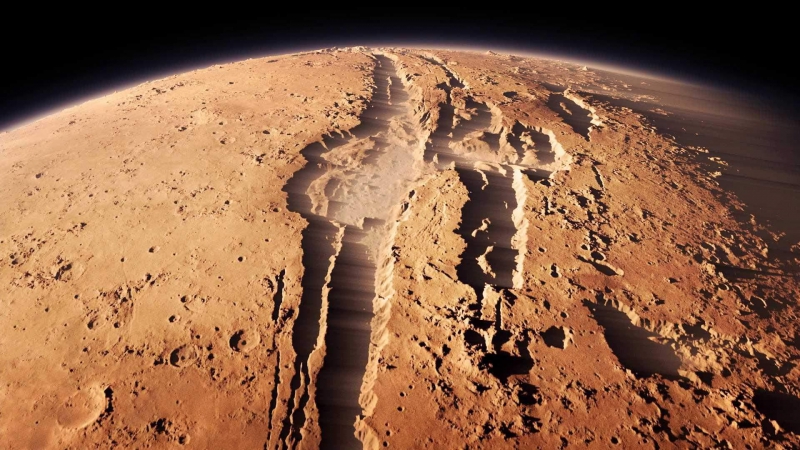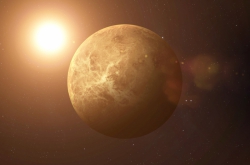First, let’s quickly imagine the conditions on Mars. The planet itself is fairly small and cold, with the temperature rarely reaching 20 degrees Celsius on the equator. The average temperature is -40 Celsius, and a whopping -130 on the planet’s poles. The atmospheric pressure is 160 times less than that of Earth and the atmosphere itself consists of 96% carbon dioxide. Due to the low pressure, changes in temperature produce seasonal, several-months-long storms made up of microscopic dust.
Despite such harsh conditions, Mars can boast some beautiful canyons, in which scientists still hope to find liquid water, but no luck so far. It’s also home to the Solar system’s largest mountain, Olympus. No one has gone as far as to measure its exact height, but we know that it’s around 27,000 meters (compare that to Mount Everest’s measly 8,848).
Observing Mars: why is it so difficult?
A few years ago Mars came fairly close to Earth, with only 70 million kilometers between the two planets. 54 million is the shortest possible distance between us and Mars, and the longest is 401 million kilometers. That’s a lot.
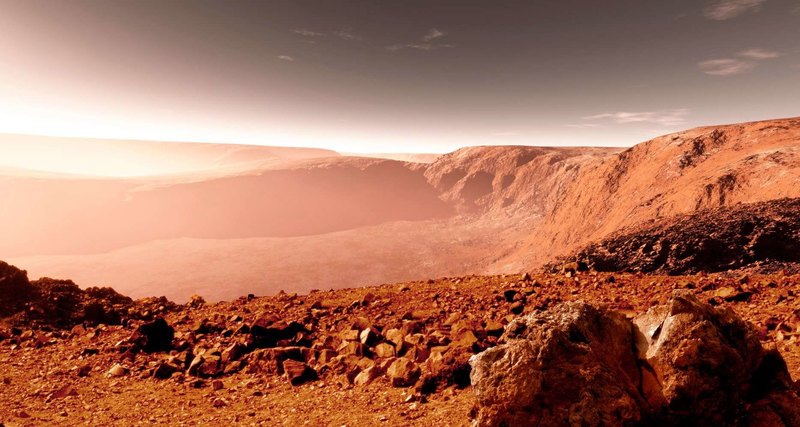
Why is it so hard to produce telescope images of Mars? First of all, it rarely moves close to Earth, and secondly, our atmosphere oscillates far too much. That’s one of the reasons why we’re fighting to preserve the Pulkovo Observatory: it’s still operational, but will become less so if they start construction nearby, as the resulting heat will ruin the quality of images.
Many say that the Greenwich Observatory is nothing but a museum these days, but few know that it has recently resumed its observations. One major aspect of every observatory is how long it has operated, as it’s important to be able to observe the sky from the same location over a period of time.

Observations from the orbit, such as those done by the Hubble telescope, gave us a completely different perspective on Mars; but it hasn’t even been 30 years since Hubble began its operation, and so we haven’t had this luxury until very recently.
How did people observe Mars before all this?
In late 19th - early 20th century, people based their assumptions on a few blurry images; they described Mars as what they imagined it to be, gave names to a bunch of spots that they thought were significant, and even claimed it to be inhabited. An Italian astronomer named Giovanni Schiaparelli used the Italian word “canali” in the sense that there seemed to be some basins, ravines or craters on Mars; it was translated to English as “canals”, which gave people the impression that there were man-made channels on Mars!
First spacecraft on Mars
Astronomers of old charted maps of the Red Planet based on their visual observations. It might seem strange, but back then you could even go to a shop and buy a map of Mars for your home. By the mid-20th century, we finally managed to build the first space probes that would journey to the Martian orbit. Armed with cameras, solar panels and loads of transmission equipment, even these fairly advanced crafts still relied on these outdated maps. What a shock it was when the Mariner 4 probe produced the first photograph of the surface of Mars! It bore no resemblance to the maps: no “canals”, no Martians, just endless desert.
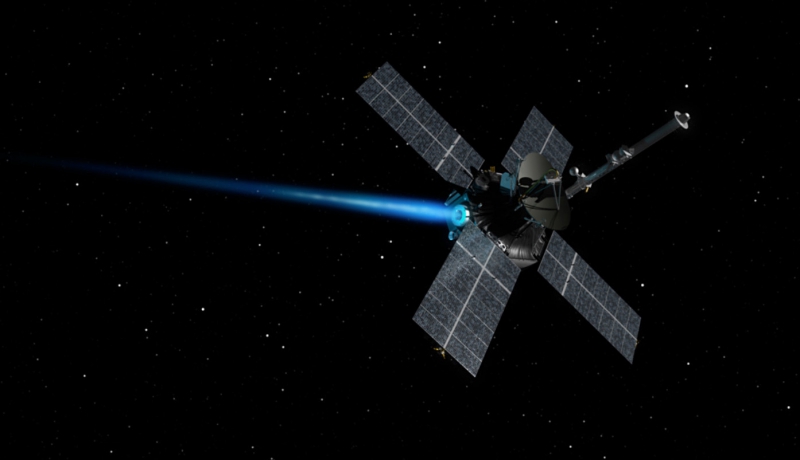
Both the Americans and Russians sent probes consisting of an orbital craft and a lander. The Soviet Mars-3 craft crashed while its orbital half remained in operation; when a copy of it was sent to Mars, the lander only functioned for 14 seconds. Nevertheless, it remains to be the first machine to ever function on the surface of Mars. It also included the first Mars rover, which only had to travel a few meters and test the soil density.
The USA launched a series of similar craft called Viking. Their orbital parts transmitted photographs which were then printed and glued together to produce a panorama. Viking-2 produced more interesting and high-quality pictures, including one that spiked people’s interest in the existence of life on Mars. Observers had noticed a human face in one of the pictures.

But as more probes were sent to Mars, the excitement turned to disappointment: the appearance of a “face” was the result of low resolution and lighting angles, and newer pictures of the same area revealed nothing but a bunch of rocks.
Spirit and Opportunity
These apparatuses had carried a whole suite of analytical devices, including cameras that functioned in a wide range of spectrums. While Spirit had failed its mission, Opportunity had succeeded and only ceased its functions this summer, after 14 years of hard work.
While some exploration craft carry their own atomic energy sources, Opportunity had managed well enough with just solar panels. In June 2018, it got caught in a massive dust storm, and scientists harbor hope that it will reactivate itself once the dust is swept away from its panels.
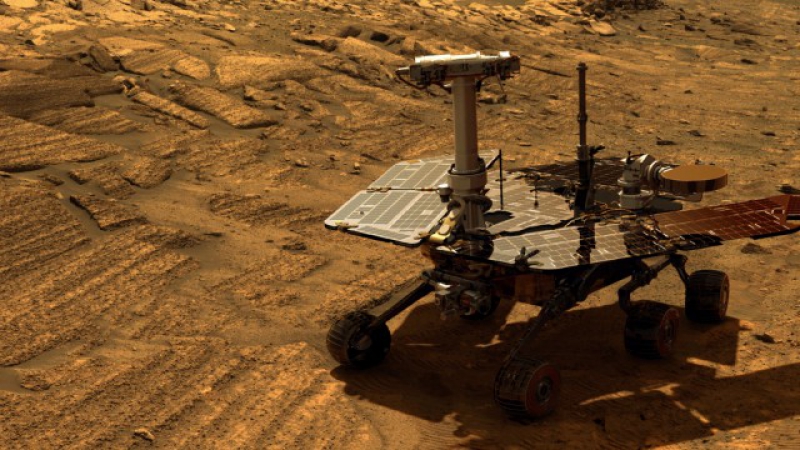
What we see of Mars with our own eyes is but a fraction of the whole thing; through the infrared spectrum, scientists receive a great deal of other information. When Opportunity inspected meteorites, for instance, it shot them in seven different spectrums.
Curiosity
Curiosity is a full-fledged Martian chemical lab, equipped with 17 multi-purpose cameras. Unlike other Mars rovers, its size is comparable to that of an actual car. Its most powerful camera has only 2 megapixels, which might seem abysmal compared to what you have in your smartphone, but the trick is that the 2MP-photos taken by Curiosity are then stitched into 100MP-shots.
And thanks to an extendable manipulator arm, the rover can shoot panoramic photos of itself, like selfies of a kind. When Curiosity arrived on Mars, there were already eight other robots on the planet, of which two continued to function until mid-2018. In fact, we could say that Mars is inhabited by robots.
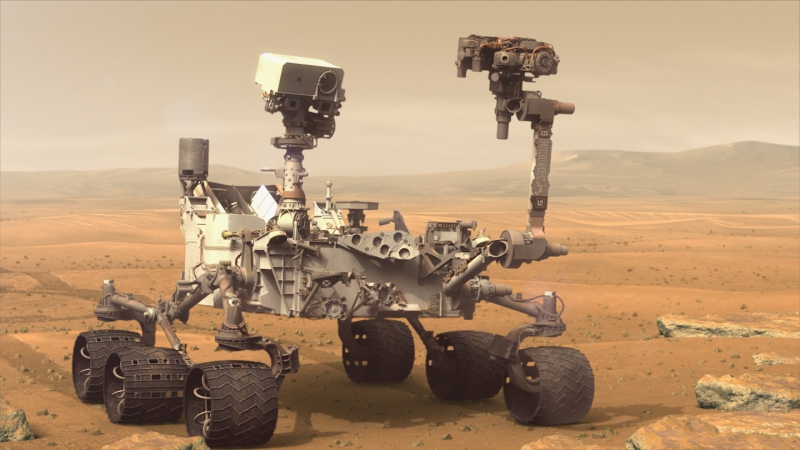
InSight
A new lander called InSight has touched down on the surface of Mars not that long ago. While its three-legged appearance is similar to that of earlier American landers, its mission is different from its predecessors: InSight is going to drill several meters deep into the Martian soil and monitor the depth of Mars with a seismometer.
Mars is a peculiar planet: unlike Earth’s, its core is quite small, which is why it lacks a number of our planet’s advantages, such as a strong magnetic field or a dense atmosphere. Without going too deep into the specifics, it’s safe to say that it’ll be much cheaper to save our own planet than try to colonize Mars.
Another important feature of InSight is the color chart painted on its body. From time to time, it points its camera at the chart and calibrates it to ensure that all the pictures we receive are in true color.
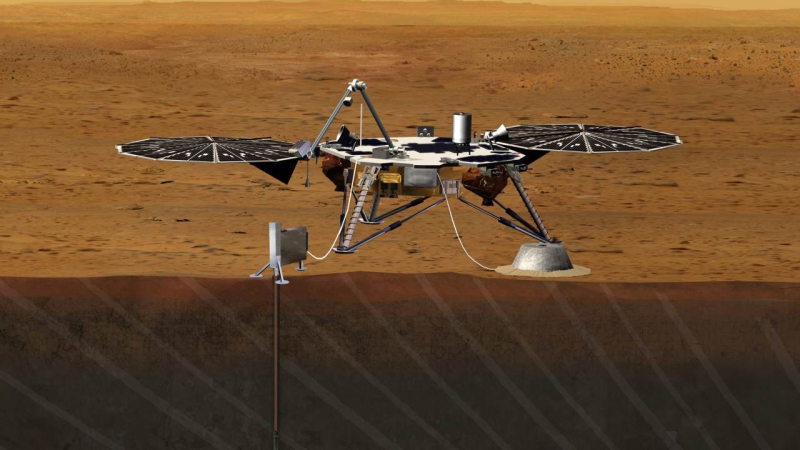
New developments
Scientists today are working on new Mars rovers, and that includes designs for new wheels that can handle the rough terrain of the Red Planet, such as a wheel that can deform itself and then restore its shape.
The ExoMars rover, which is expected to land on the surface of Mars in 2020, is a descendant of Curiosity, and will be equipped with 23 cameras, advanced manipulator arms and reinforced wheels.
